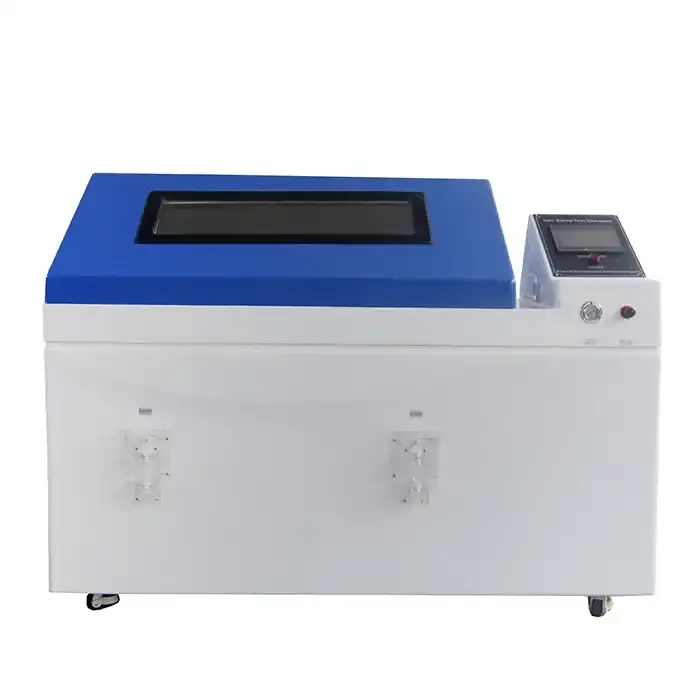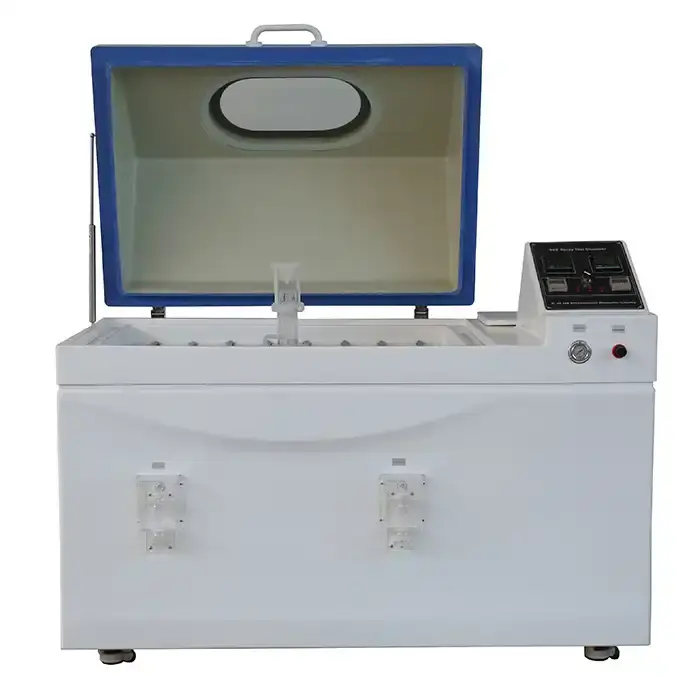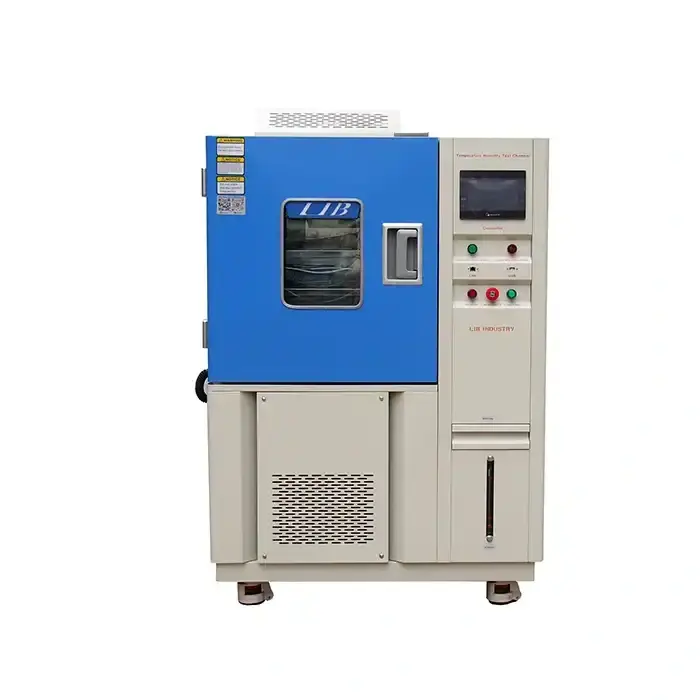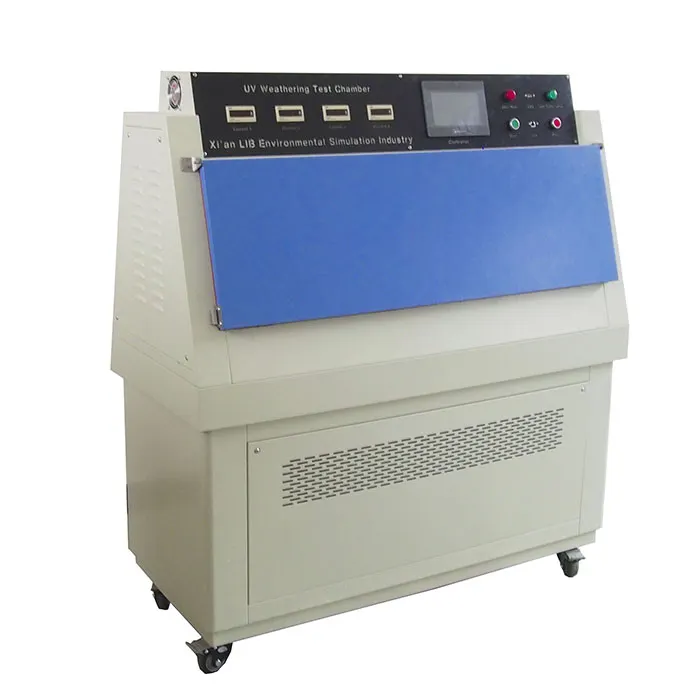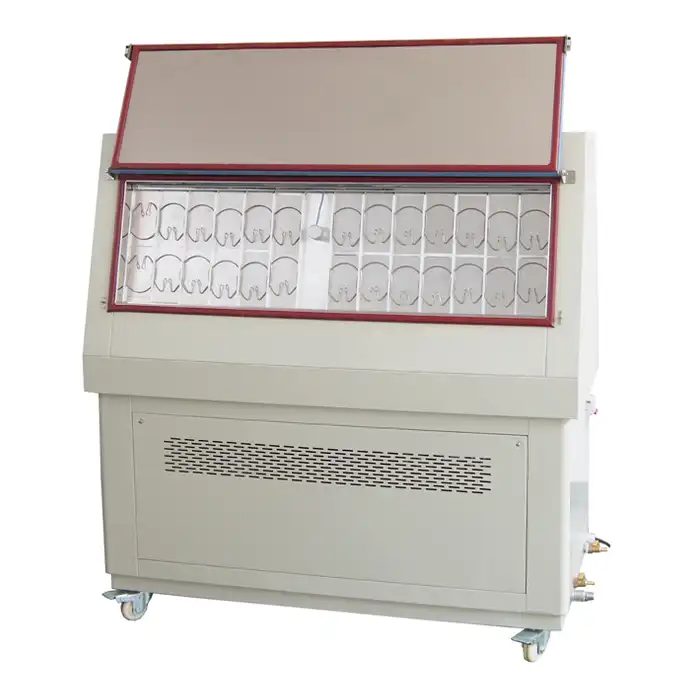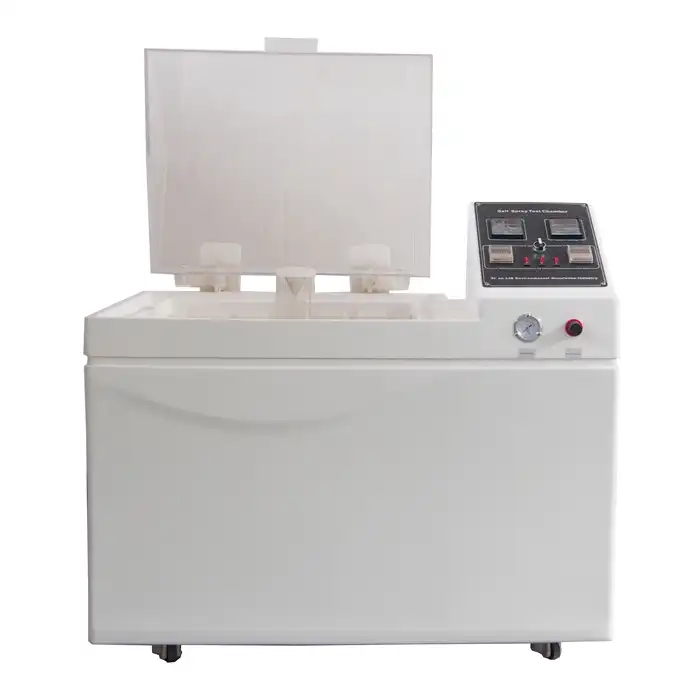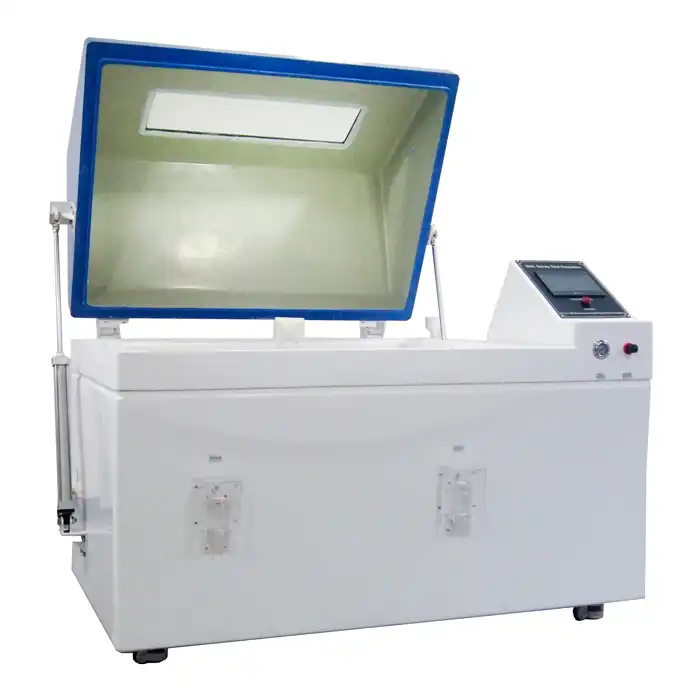What is a thermal shock chamber?
In today's fast-paced world of innovation and technology, ensuring the durability and reliability of products is more critical than ever. One essential tool for this purpose is the thermal shock chamber. For those unfamiliar, a thermal shock chamber is an advanced piece of testing equipment used to evaluate how materials and products withstand sudden and extreme temperature changes. But what exactly does this mean, and why is it so important? Let's delve into the details.
Understanding Thermal Shock Testing
Thermal shock testing is a process designed to expose products to rapid temperature fluctuations, simulating the extreme conditions that products may encounter in real-world scenarios. This testing helps identify potential weaknesses and failures that could arise due to thermal stress.
Thermal shock chambers achieve this by rapidly cycling between hot and cold temperatures. For instance, a product might be subjected to a high temperature of 150 °C (302 °F) and then swiftly moved to a cold chamber at -40 °C (-40 °F). This cycle repeats several times, stressing the product and revealing any vulnerabilities. Thermal shock testing is crucial for several reasons:
- Product Reliability: By simulating extreme conditions, manufacturers can ensure their products will perform reliably in various environments, from freezing winters to scorching summers.
- Quality Assurance: Thermal shock testing helps in identifying material flaws, manufacturing defects, or design issues that could lead to product failure, allowing manufacturers to address these problems before products reach consumers.
- Compliance with Standards: Many industries, including aerospace, automotive, electronics, and medical devices, have stringent standards that require thermal shock testing to guarantee safety and performance.
How Does a Thermal Shock Chamber Work?
Thermal shock chambers are advanced testing devices used to assess the durability and performance of materials and products under extreme temperature fluctuations. Their primary function is to simulate the rapid temperature changes that materials may experience in real-world environments. Here’s an in-depth look at how these chambers operate:
Loading the Product
The testing process begins with the careful placement of the product or material sample into the thermal shock chamber. This chamber is designed to accommodate various sizes and types of products, from small electronic components to larger industrial parts. Proper loading is crucial to ensure that the sample is positioned correctly and that the test conditions will be uniformly applied.
Initial Temperature Exposure
Once the product is securely loaded, the thermal shock chamber subjects it to high temperatures. The hot chamber, one of the two main compartments of the thermal shock chamber, heats the sample to a pre-determined high temperature. This exposure ensures that the material reaches the target temperature uniformly throughout its structure. Depending on the specific requirements of the test, this high-temperature phase can last from a few minutes to several hours.
Rapid Transfer
The critical feature of a thermal shock chamber is its ability to rapidly transfer the product between the hot and cold chambers. This transfer must be swift and precise to induce the thermal shock effect. The chamber’s design includes automated systems to facilitate this quick movement, minimizing the time the product spends in transit. This rapid transfer is essential because the sudden change in temperature is what tests the material's resistance to thermal stress.
Cold Exposure
After the product is transferred to the cold chamber, it is exposed to a significantly lower temperature. The cold chamber is designed to quickly bring the product down to the target low temperature, maintaining it for a specified period. This cold exposure ensures that the product undergoes a dramatic temperature swing, which is critical for assessing how well it withstands extreme thermal conditions.
Cycling
The product undergoes multiple cycles of high and low temperature exposure. These cycles mimic the conditions that materials might encounter during actual use, such as in environments with fluctuating temperatures or thermal shocks from operational processes. The number of cycles can vary depending on the testing standards and requirements. The cycling process helps to identify any potential weaknesses or failures that could arise from repeated thermal stress.
Evaluation
Following the thermal shock cycles, the product is carefully evaluated to determine its performance and integrity. This evaluation phase involves several methods:
- Visual Inspection: Inspectors check for any visible signs of damage, such as cracks, deformation, or discoloration.
- Functional Testing: The product's functionality is tested to ensure it still performs as expected after thermal exposure.
- Microscopic Examination: Advanced techniques, such as microscopy, are used to detect subtle defects like micro-cracks that may not be visible to the naked eye.
The results of this evaluation provide valuable insights into the product's durability and reliability under thermal stress, helping manufacturers and researchers to understand its performance and make any necessary improvements.
What Are the Benefits of Using Thermal Shock Chambers?
Employing thermal shock equipment in product testing offers numerous benefits, contributing to improved product quality, reliability, and overall customer satisfaction. Here are some of the key advantages:
Accelerated Testing Process
Thermal shock chambers enable accelerated testing by simulating years of temperature-induced wear and tear in a short period. This efficiency allows manufacturers to bring products to market faster while ensuring they meet stringent quality standards.
Cost Savings
Identifying and addressing potential issues early in the development process can save manufacturers significant costs associated with recalls, repairs, and warranty claims. By ensuring product reliability through thermal shock testing, companies can reduce the risk of costly post-production failures.
Boosting Customer Confidence
Products that have undergone rigorous thermal shock testing are perceived as more reliable and durable by customers. This enhanced perception can lead to increased customer satisfaction, loyalty, and positive word-of-mouth, ultimately driving sales and brand reputation.
Conclusion
Thermal shock chambers play a critical role in ensuring the durability and reliability of products across various industries. By understanding the importance of thermal shock testing and selecting the right thermal shock equipment manufacturers, companies can enhance their product quality, meet industry standards, and ultimately deliver more reliable products to the market. If you have any questions or need assistance in choosing the right thermal shock chamber for your needs, feel free to contact us at info@libtestchamber.com.
References
1. ASTM International. (2022). Standard Test Method for Thermal Shock Resistance of Ceramics. ASTM C724-21.
2. Boehm, J. (2021). Thermal Shock Testing: Principles and Applications. Journal of Testing and Evaluation, 49(4), 1234-1245.
3. ISO 16750-4:2010. Road Vehicles - Environmental Conditions and Testing for Electrical and Electronic Equipment - Part 4: Temperature Stress. International Organization for Standardization.
4. Choi, H., & Lee, J. (2022). The Impact of Thermal Shock on Electronic Components: A Review. Electronics, 11(2), 267.
5. Miller, T. (2023). Advancements in Thermal Shock Testing Technologies. Materials Testing Journal, 60(1), 45-58.



